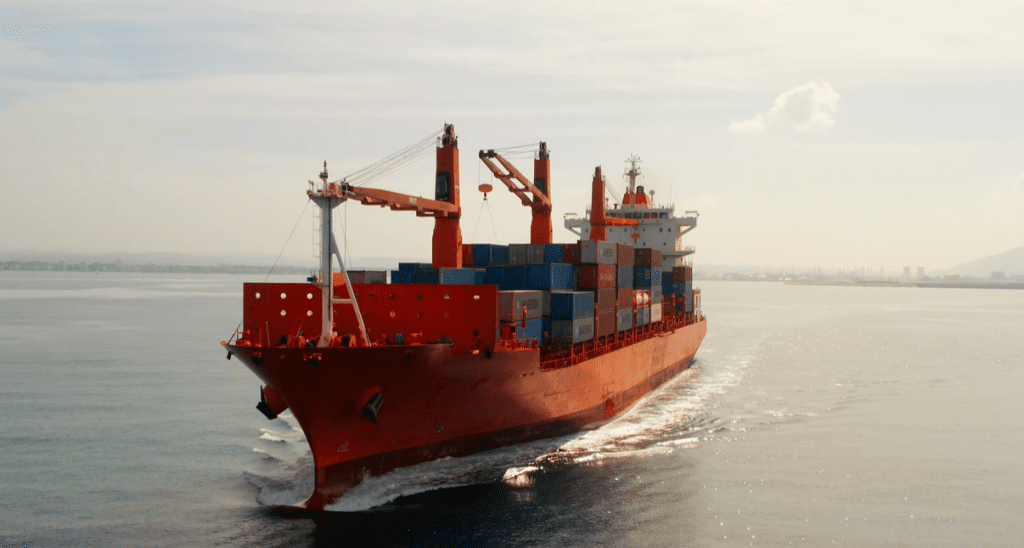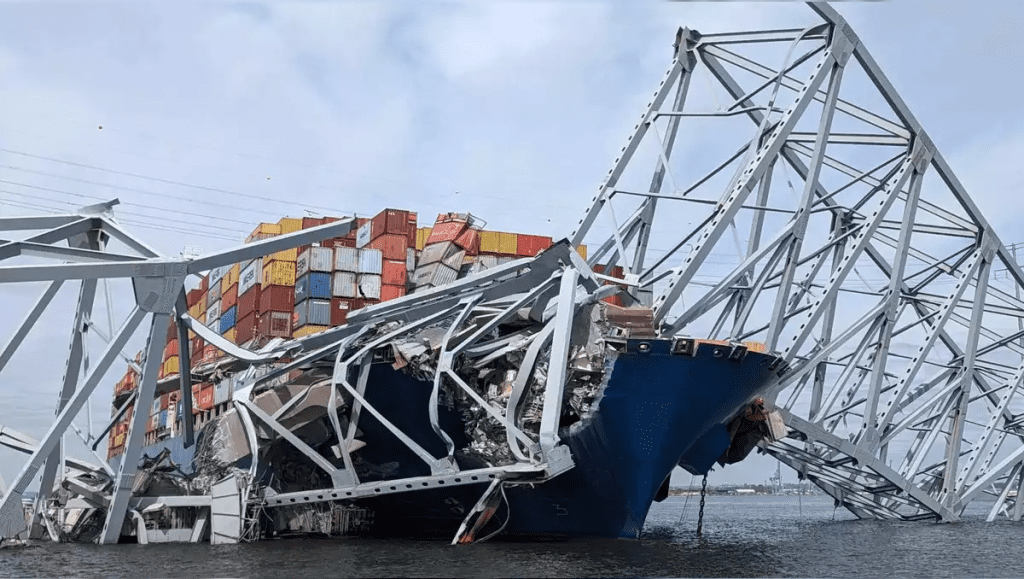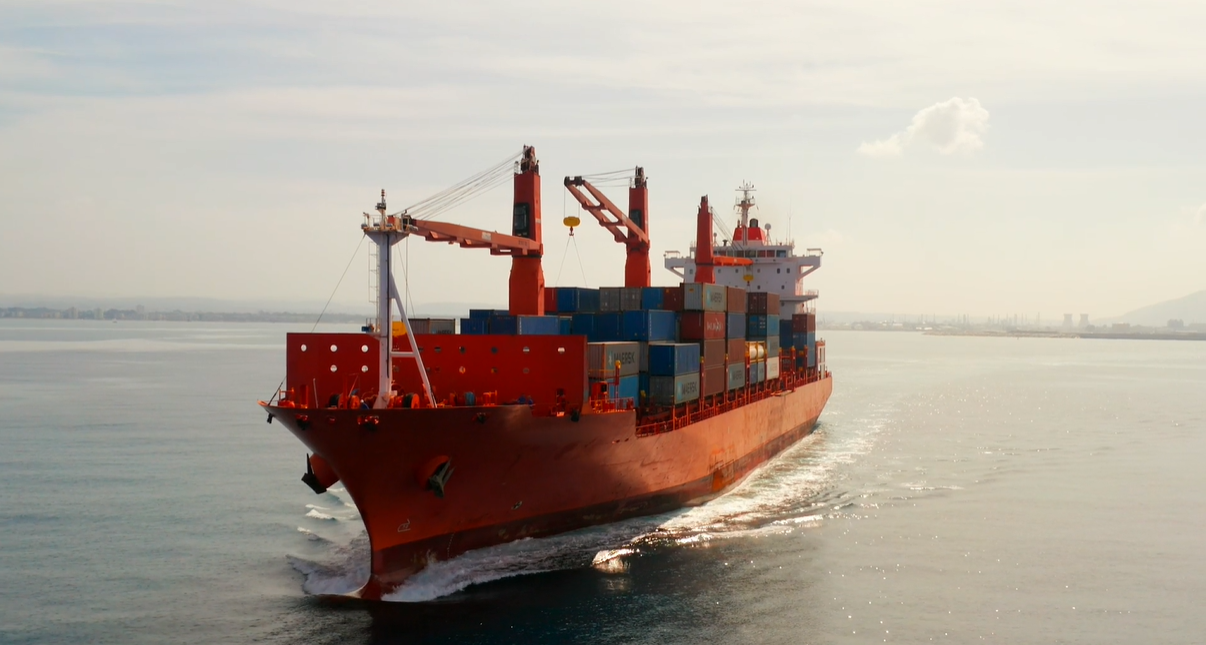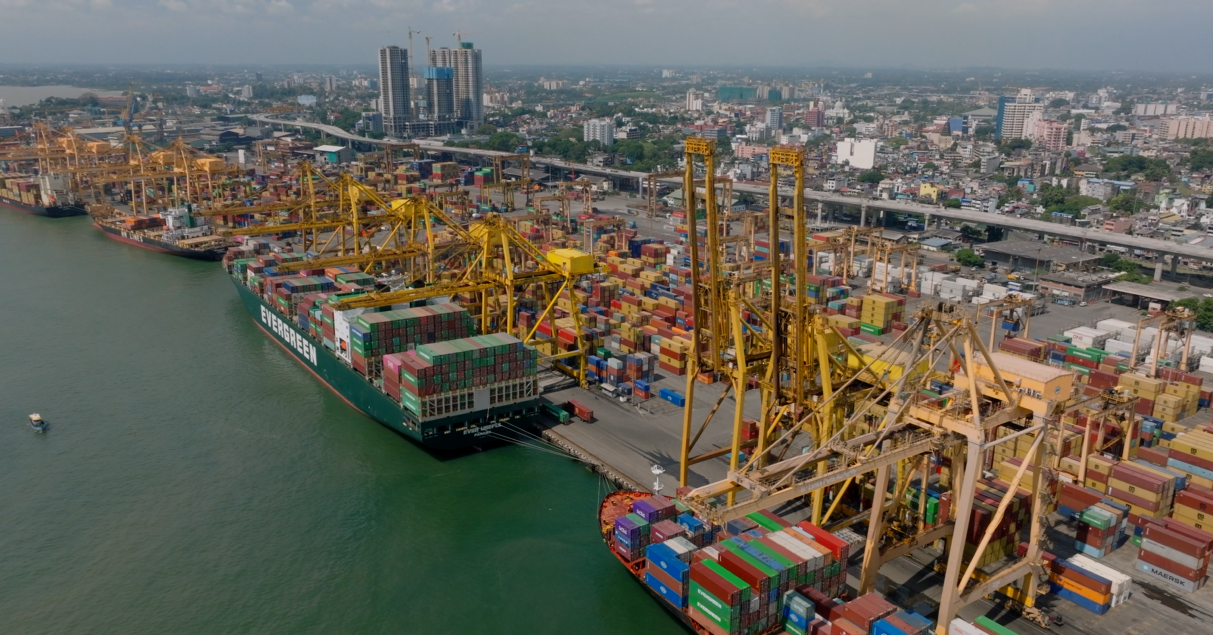FREIGHT FORWARDING
Maritime Shipping Still Struggles: Ocean Rates Soar
Ocean spot rates for shipping forty-foot equivalent containers from China to North America have surged to their highest levels since the summer of 2022. The maritime industry is once again facing significant supply chain disruptions, raising questions about the sustainability of the current situation compared to the pandemic era.
June 29th, 2024
|
3 Minute Read

Reliable sourcing and transportation are crucial for supply chain efficiency. When goods and their transportation are consistently available, businesses can minimize efforts on forecasting and managing inventories.
During the pandemic, the primary challenges included:
- – Unprecedented demand for goods.
- – Production limitations due to quarantines.
- – Insufficient transportation capacity.
- – Limited port infrastructure.
- – Panic ordering by companies.
Currently, production limitations and port infrastructure issues have subsided, but transportation capacity and panic ordering remain significant challenges. Increased order lead times continue to affect downstream transportation and logistics.
Demand Dynamics
Demand for goods has remained relatively stable in recent years, contrary to many economists’ expectations. For example, orders for durable goods fell slightly year over year in May. The Inbound Ocean TEUs Volume Index (IOTI), which measures bookings of twenty-foot equivalent containers from China to the U.S., increased by 15% year over year but decreased by 13% from the peak levels of August 2023. Despite steady demand growth since May, the rate of increase is not particularly alarming compared to last year.
Capacity Challenges
The Israel-Hamas conflict, which began in October last year, has destabilized one of the world’s primary shipping routes. Houthi rebels in Yemen have been attacking ships in the Red Sea, forcing many carriers to extend their journeys by an average of 10-12 days. This extension removes nearly two weeks of capacity and service from each vessel that typically travels through the Red Sea.
The Israel-Hamas conflict, which began in October last year, has destabilized one of the world’s primary shipping routes. Houthi rebels in Yemen have been attacking ships in the Red Sea, forcing many carriers to extend their journeys by an average of 10-12 days. This extension removes nearly two weeks of capacity and service from each vessel that typically travels through the Red Sea.
Service deterioration is also a significant concern, as shippers expected more stable transits post-pandemic. The average port pair delay has increased from three to five days over the past year, while published transit times have remained relatively flat. Rejection rates have averaged higher since last November, moving from about 8% throughout 2023 to above 10% this year. The current rate of 14.5% is the highest since the onset of the Red Sea issues.
Climbing the Peak Season
The peak season for maritime imports traditionally falls in July and August. There is speculation that current demand growth may result from businesses pulling orders forward to ensure timely delivery and availability. If this is true, the IOTI will likely remain flat for the next two months. If not, increased pressure on rates and capacity will ensue. The U.S. transportation market will also feel the impact as the imbalance of goods exacerbates international container shortages.
This situation could benefit domestic intermodal transport and provide a boost to the overcapacity-laden trucking industry. While this scenario does not mirror the chaos of the pandemic era, it suggests that maritime shipping still struggles with more challenges this year than last.
Future Outlook and Strategic Adjustments
As we move further into 2024, companies need to adapt their strategies to mitigate these challenges. Businesses should consider diversifying their supply chain routes and partners to reduce dependency on any single route or region. Investing in technology to improve supply chain visibility and flexibility can also help companies respond more effectively to disruptions.
Moreover, strengthening relationships with logistics providers and exploring alternative transportation methods, such as air freight for critical shipments, can provide additional resilience. Companies must also stay informed about geopolitical developments that could impact shipping routes and prepare contingency plans accordingly.
In conclusion, while maritime shipping still struggles with significant challenges, strategic adjustments and proactive planning can help businesses navigate these troubled waters. By staying agile and responsive, companies can maintain supply chain efficiency and continue to meet customer demands in an increasingly complex global trade environment.
Read Next
-
Industry Trends: Q2 Insights for LTL Carriers
Less-than-truckload (LTL) carriers are handling more retail freight due to…
-
Air Europa Cargo Partners with Cargo.one for Enhanced Digital Booking
Air Europa Cargo and cargo.one have launched a global partnership…
-
The Role of Electric Vehicles in Modern Logistics
Electric vehicles (EVs) are revolutionizing the logistics industry. Professionals in…
-
Are You Making These Common Freight Forwarding Mistakes?
In the fast-paced world of freight forwarding, efficiency and accuracy…
-
Supreme Court Empowers Carriers: New Regulatory Realities
On June 28, 2024, the U.S. Supreme Court delivered a…
-
Maritime Shipping Still Struggles: Ocean Rates Soar
Ocean spot rates for shipping forty-foot equivalent containers from China…
-
A Comprehensive Guide to Freight Accounting
Effective freight management is crucial for ensuring that businesses can…
-
Rising Container Shipping Rates: US Demand & Red Sea Issues
The global shipping industry is grappling with soaring container rates…
JOIN OUR MAIL LIST FOR EXCLUSIVE ACCESS TO
LATEST NEWS, TIPS, AND RESOURCES
Your privacy matters! Suntek only uses this info to send content and updates. You may unsubscribe anytime. View our privacy policy for more.














